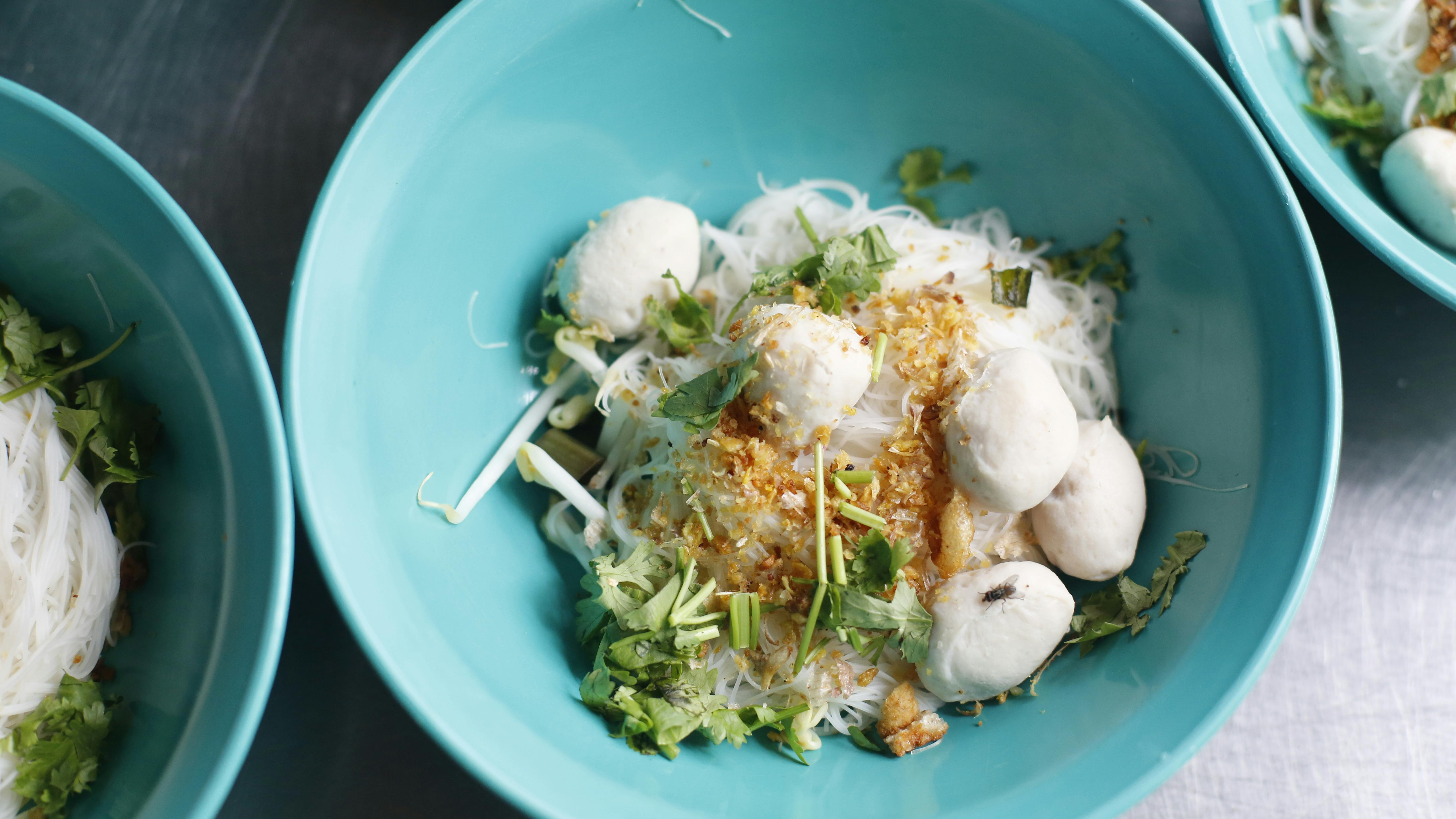Different designs of solar ovens Pros and cons
Most decisions in life require some kind of balance and choosing to buy or build a solar oven (solar cooker) is no exception. There are literally a handful of main types of solar cooker design and these are the solar box cooker, panel cooker, parabolic cooker, a solar kettle, a solar hybrid cooker and a funnel cooker.
There are other solar oven designs besides these six categories that are used, for example a solar hot dog cooker, but in general, most solar cookers fall into one of these categories.
The box cooker is probably one of the most basic solar oven designs and is literally a box concept that is designed to allow maximum sunlight to enter the insulated inner box and heat food in a suitable solar pot or pan. The heating effect is amplified by sealing the unit with a transparent material, either polished glass or thick polyethylene-type plastic.
A very popular example is the Global Sun Oven, possibly the most widespread solar oven in the world. These cookers are generally good value for money, easy to use, commercially produced, effective and popular. The downside is that these ranges can be quite bulky and not as portable as some of the smaller designs. A smaller home variant is the solar pizza oven.
Panel cookers use flat, shiny, reflective panels to focus and concentrate sunlight onto a pot that is enclosed in a clear plastic bag. In essence, it is similar to the box kitchen concept, except that in most panel kitchen designs there is no internal box. An example of a panel cooker is the CooKit solar oven. These cookers are very easy to use and light, although they do not reach the same internal temperatures as the solar box oven.
Solar kettles are somewhat less flashy and less common compared to the other kitchen designs. The solar kettle uses an evacuated solar glass tube (solar vacuum glass tube) constructed of borosilicate glass to capture and store energy from the sun. This design is also known as a solar thermo-kettle. One advantage is that these stoves can heat liquids to high temperatures and maintain a relatively high temperature for most of the night outside of daylight hours. While some food can be cooked, this is limited compared to conventional solar cookers.
Parabolic cookers are a more sophisticated solar cooker design and while they are extremely effective in both domestic and industrial applications, these cookers tend to be more expensive than their peers and as such are largely unaffordable to the energy user. entry-level solar These designs also tend to be quite large and not particularly portable.
A hybrid solar oven is a concept that strives to offer the best of both worlds for solar cooking and conventional cooking. It is essentially a box cooker designed with a conventional electric heating element that compensates for weather conditions in which the solar box cooker cannot work or potentially malfunctions. Probably the most widely used model worldwide is the Tulsi hybrid solar oven. The main obvious disadvantage of this kitchen is the occasional cost of electricity.
The funnel cooker is simply a less sophisticated variant of a basic panel cooker design. As opposed to having several different panels that are part of a network of panels surrounding the pot, the funnel cooker is simply a complete funnel designed with the funnel flared in reverse, in other words the open end of the funnel closest to the sun is completely open. and widened inwards to a closed bottom, where the cooking pot is placed. While it is one of the least effective stoves, it has the added benefit of being highly portable and very quick and easy to build.
